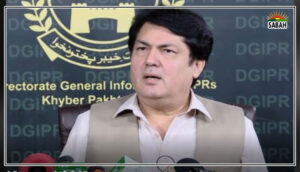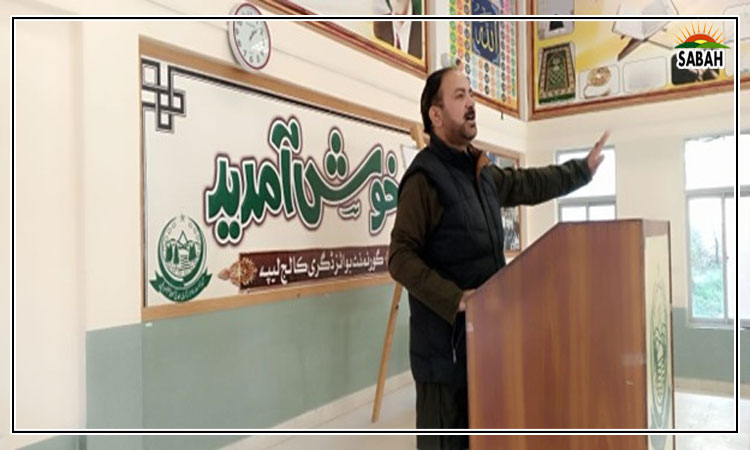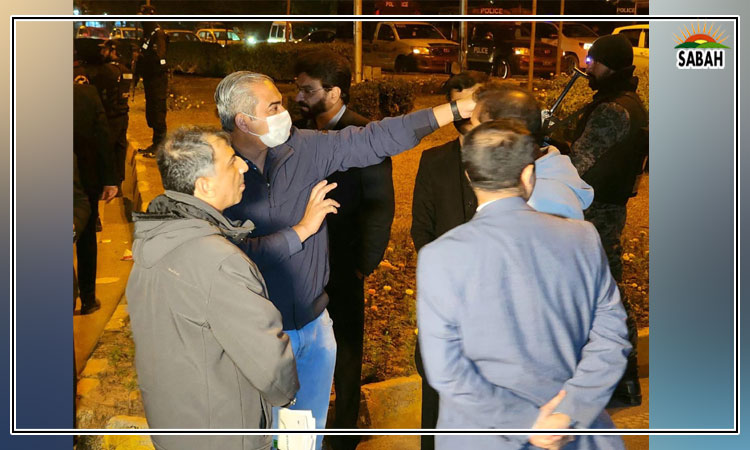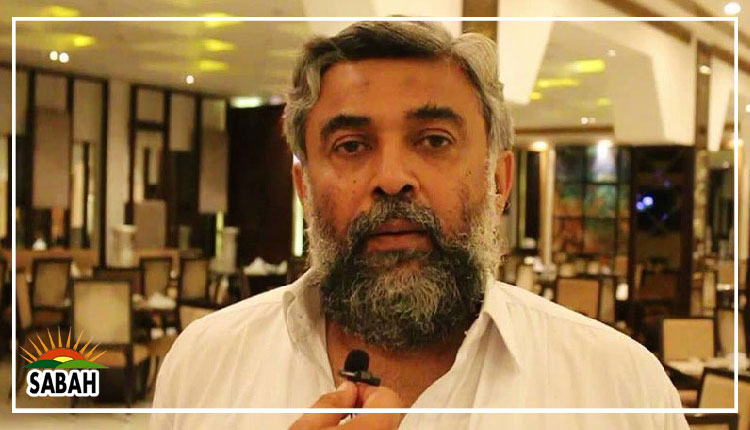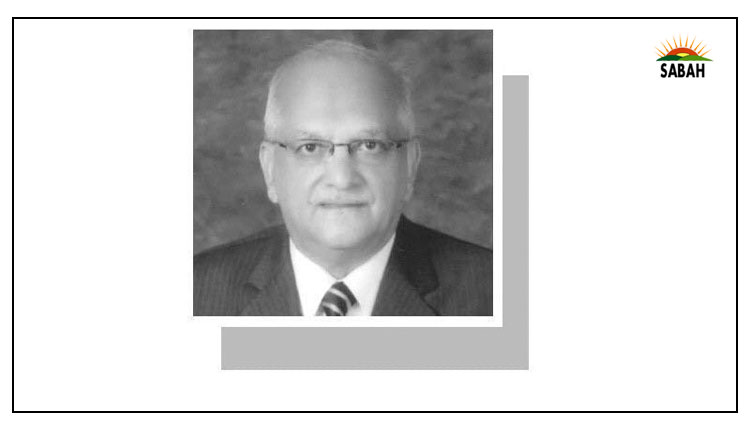Enabling environment….Parvez Rahim
IN 1955, the International Labour Organisation (ILO) framed the Vocational Rehabilitation (Disabled) Recommendations to promote the full participation of persons with disabilities in social life and their development, as well as the recognition of the right to be treated equally. Yet, before 1981, there was hardly any organisation in Pakistan that sought to raise concern for the welfare of persons with disabilities or provided them with education and employment opportunities.
It was under the dictatorship of Gen Ziaul Haq that the Disabled Persons (Employment and Rehabilitation) Ordinance was promulgated in 1981. It was one of the prominent labour welfare laws of Pakistan, enforced with the objective of ensuring the employment, rehabilitation, and welfare of persons with disabilities. The Ordinance was made applicable to all industrial and commercial establishments employing not less than one hundred employees.
Persons who were handicapped from undertaking any gainful profession or employment on account of injury, disease or congenital deformity were covered under the Ordinance. It specifically included persons who were blind, deaf, physically impaired or intellectually disabled. It ordained that the number of persons with disabilities given employment by an establishment should not be less than one per cent of its total employee strength.
A Rehabilitation of Disabled Persons Fund was also constituted under the Ordinance wherein any establishment which did not employ differently-abled persons had to pay, each month, the amount of salary it would have otherwise paid to such persons.
Gen Zia had particular concern and sympathy for persons with disabilities, which motivated him to come up with the law. One of his daughters, Zain Zia, was a special needs child. He had directed his government to frame the law not only for the welfare of all persons with special needs but also to create awareness in society about their right to be treated equally.
The promulgation of the Ordinance in Pakistan coincided with the declaration of the year 1981 by the UN General Assembly as the International Year of Disabled Persons. The UN undertook to launch a comprehensive World Programme of Action concerning Disabled Persons, which would provide effective measures at the international and national levels for the realisation of the goals of full participation of disabled persons in social life and development, and of equality.
Both the Conventions formulated by the ILO on this subject strongly aspire to achieve equality between differently-abled persons and those with no disability. These are the Vocational Rehabilitation and Employment (Disabled Persons) Convention of 1983 and The Rights of Persons with Disabilities Convention of 2006.
How differently-abled persons perceive themselves in relation to persons with no disabilities may be understood from the following two narratives. During her speech at a recently held event in Karachi, a young lady in a wheelchair asked the audience how many of them had come there on a wheelchair. When no one raised a hand, the lady responded by saying most of them had, as their cars had both wheels and chairs. Another wheelchair-bound speaker told the audience that they could reach any floor of a building on a lift. They were only disabled if the lift did not operate.
The Rights of Persons with Disabilities Convention of 2006 is quite comprehensive and contains 30 articles guaranteeing various rights to differently-abled persons. Besides equality and non-discrimination, these rights pertain to women and children with disabilities, accessibility, access to justice, etc.
This Convention was ratified by Pakistan in October 2011. Thereafter, the Sindh government adopted it almost fully through the Sindh Empowerment of Persons with Disabilities Act, 2018. Under the Act, the employment quota for such persons has been increased to five per cent, but barriers remain in providing them gainful employment in different organisations. Despite many efforts by various bodies to get them assimilated into different jobs, employers still prefer to pay into the Fund the applicable amount of salary instead of recruiting differently-abled persons.
In the US, 19.1pc of people with disabilities were employed in 2021. Companies like 3M, Google, United Airlines, Boston Scientific and Accenture were some of their main employers. These companies made an effort to overcome and address the barriers faced by employees with disabilities and build inclusive and accessible workplaces.
In Pakistan, organisations that are expected to employ disabled persons must make more of an effort. Just like they are expected to provide vocational training to all apprentices under the law and recruit trainees to fulfil their future workforce needs, they should employ differently-abled persons and train them in different skills for their engagement in respectable employment.
Courtesy Dawn




